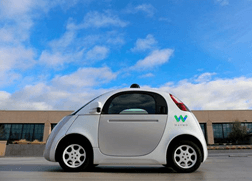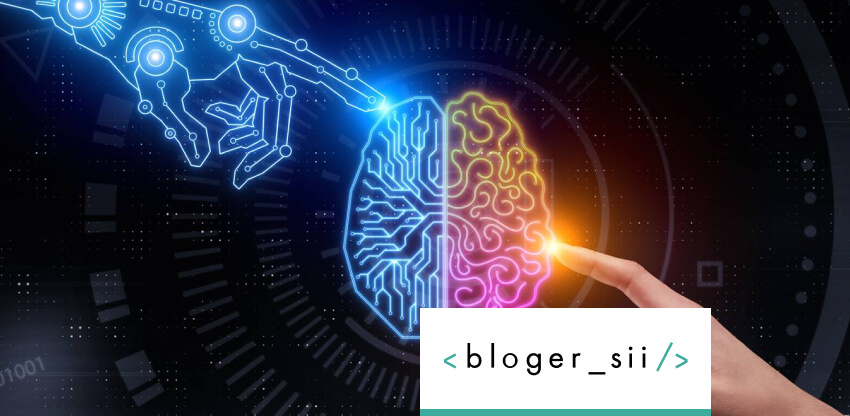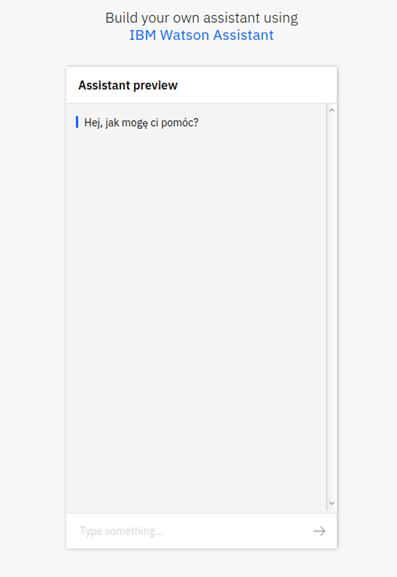Do you know that the largest IT companies and thousands of start-ups are working on AI solutions? Can we say that they support running a business? Definitely yes, and I will try to show it with specific examples.
Let’s begin with a definition. Artificial Intelligence (AI) is the imitation of the processes determining human intelligence by machines, especially computer systems. In other words, it is the study of how to produce machines equipped with certain qualities of the human mind, such as the ability to understand language, recognize images, solve problems and learn. The term was proposed by the American computer scientist John McCarthy at a scientific conference in Dartmouth in 1956. He described it as “the science and engineering of creating intelligent machines” (from https://www.sztucznainteligencja.org.pl/definicja/sztuczna-inteligencja/). According to this definition, for anything to be considered artificial intelligence, it does not have to possess all features of the human mind. Some will do.
Processing text to speech and vice versa
First of all, it is worth mentioning voice synthesizers that automatically convert text to speech and vice versa. They are used in personal assistant modules like Siri and Alexa. We have them in telephones, TV sets and stationary devices. We can ask questions as well as command a specific virtual activity. They can also help one choose the right voice for the voicebots.
For example, Amazon Transcribe Medical* can be used to transform the conversation between a doctor and a patient into text and input it into a system or medical record.
In call centers of individual companies, instead of listening to the conversation, we can convert it into text, and then sort it according to specific topics and threads. And this is just the beginning, as synthesizers can now translate movies or plays with the right intonation and conveyed emotions.
Such technologies are already so advanced that during a remote conversation we are not able to distinguish whether we are talking to a human or a programmed machine. These tools can be used for purchasing support, where an assistant in the form of a bot will help answer questions about our products or services. We can just as well use them for recruiting candidates, as well as for post-sale and technical support.
These chatbots and voicebots can also support us in multilingual business, both on the website and by phone. What is important is that we can have multiple instances of this solution and properly manage the conversation traffic so that the basic information and reporting activities are performed through the use of automatic machines.
Another feature, although the least “intelligent”, yet with the broadest possibilities of integration and versatility when used in various types of business processes, is RPA (Robotic Process Automation) – virtual assistants. Properly programmed, they can perform digital business processes using various types of software. You can read more about this in this article.
Artificial intelligence also allows us to have a more individualized approach to each client. Some of them focus raw tabular data that they can compare, but others need a detailed description of the value. If we have a very broad offer, creating such descriptions may be problematic.
But what if the customer wanted to compare similar products? As long as the information is stored in the form of a table, it is not a problem, however, what to do when we need a description? Then another tool, Natural Language Generation, comes to the rescue. Thanks to it, we can generate descriptions from tabular data and provide comparisons.
Let’s take an example: we sell mobile phones. With its huge market availability, it is difficult to choose the best one. If we do not know the technology, the numbers will certainly not tell us anything. On the other hand, NLG makes life easier for customers. For example, it can provide descriptive information about the camera resolution of a given phone and compare it to that of another model.
What about the picture?
The abovementioned solutions are text and speech-based. What about the picture? One of the features of artificial intelligence is picture recognition. The tool is being developed as effectively as chat- and voicebots. Owing to this technology, one can obtain or provide additional information to customers.
For example: when using the application from Ikea or Sephora, we probably do not realize that thanks to AI we can arrange virtual furniture or change our appearance with cosmetics. This is the beginning of the possibilities of this solution. Google Maps allow you to choose the right direction of movement. When we provide a live feed of what buildings we see around us, we can use additional information on architecture or art. In business, we can provide customers with additional marketing information as soon as they point their phone’s camera at our product. These can be recipes (when we sell food) or technical instructions (when we sell electronics or household appliances).
Natural Language Processing (NLP)
The last piece of technology worth mentioning is Natural Language Processing (NLP). It is a technology that allows machines to understand the language we use every day. Thanks to this, we are able to limit our search time or reach specific products directly. For example, a customer would like to purchase green men’s trousers. By typing such a phrase into our search engine in an online clothing store using NLP technology, customers would only receive the products that define their needs.
The technology allows you to search social media to obtain information or opinion about the products. Another element is reading e-mail messages or information from other text sources, which can be automatically recognized and directed to the appropriate service path – for example, complaints.
That must be expensive
Costs are also an important issue. As these are developing technologies, often their manufacturers or suppliers give the possibility to sample and build basic solutions for free. Simple models of using artificial intelligence take about two weeks of developer’s work and the full implementation takes several months.

AI technology is already present among us and will support more and more activities that will allow us to perform them better, faster and safer. Virtual assistants, self-driving cars, help in choosing a movie for the evening or the optimal route to home – this is a reality that is already our everyday life.
*Amazon Transcribe Medical is an Automatic Speech Recognition (ASR) service that makes it easy for developers to add medical high-speed word processing capabilities to their voice-enabled applications. Powered by state-of-the-art machine learning, the service accurately rewrites medical terminology such as drug names, procedures, and even conditions or diseases. Amazon Transcribe Medical can handle a wide variety of use cases, from transcribing doctor-patient conversations that enrich clinical records, to intercepting telephone calls for pharmacovigilance purposes and even capturing telemedicine consultations.


















Leave a comment